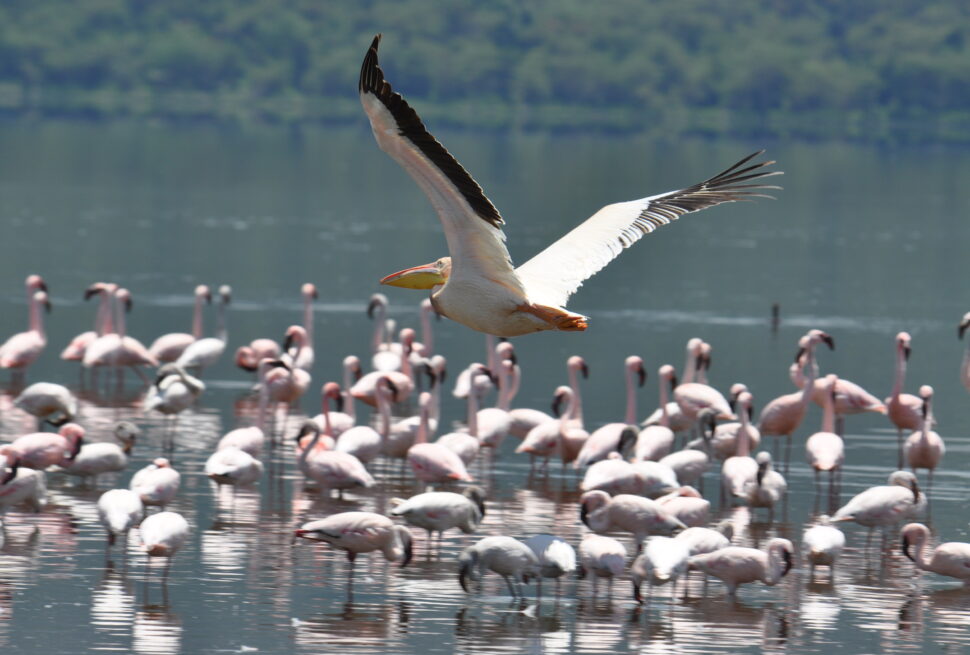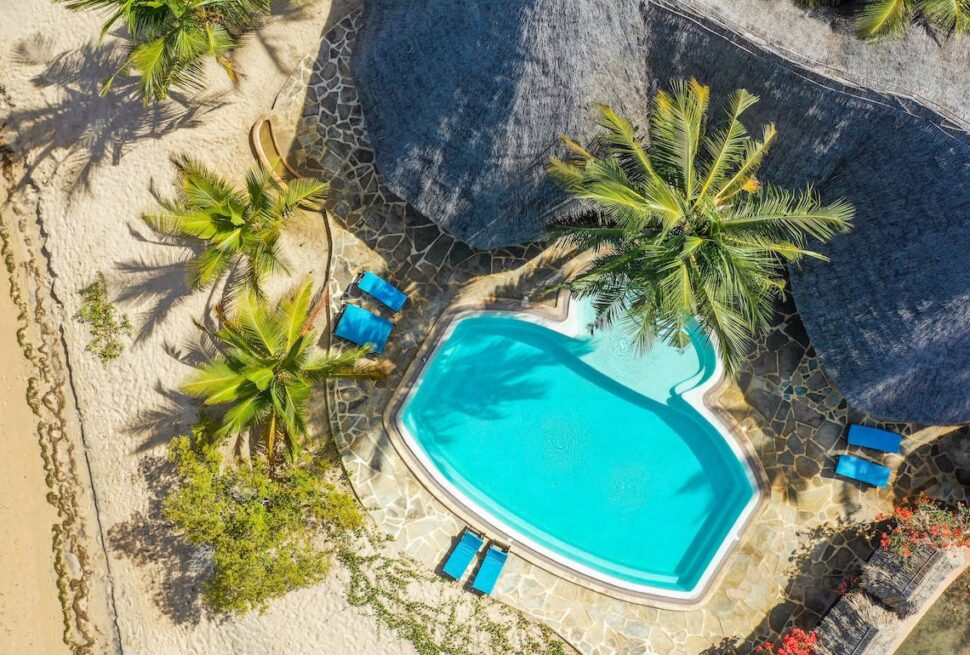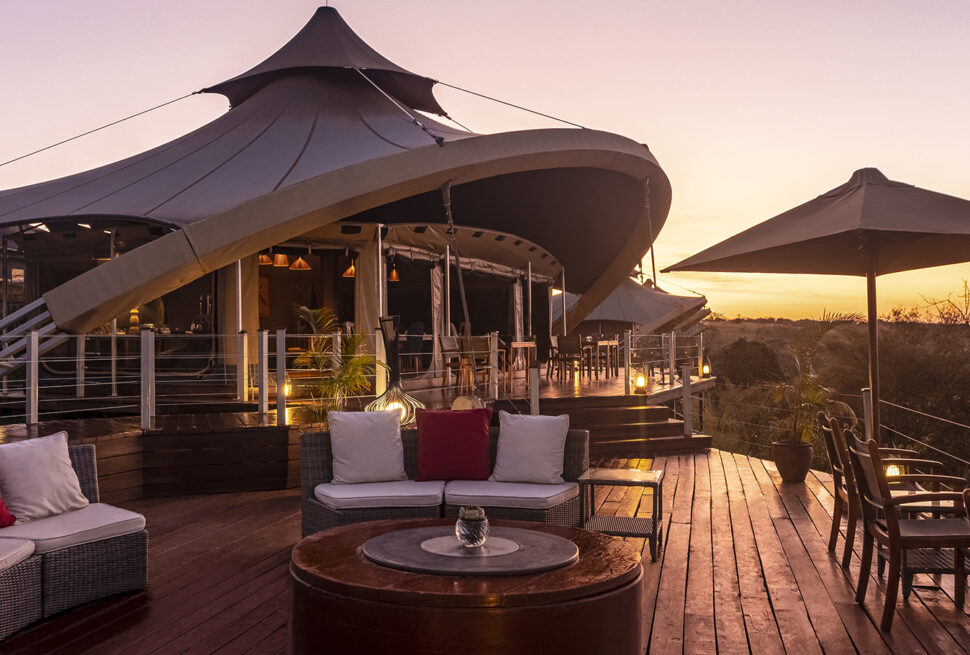Kenya’s most famous national reserve, the Masai Mara runs along the country south-west border with Kenya, just across the border from Tanzania’s Serengeti National Park. This gigantic ecosystem is shared by the two countries and protected with a combination of national reserves and community-run conservation areas.
Following the rains, the vast herds arrive from Tanzania sometime between August and November each year, crossing some of Africa’s most famous rivers. The multitudes of snorting and cavorting animals, the heart-stopping tension of the river crossings and the sinister patience of the predators that follow the herd all combine to form an epic life-and-death saga that plays out beneath Kenya’s vast skies.
The Mara offers a wide choice of accommodation, ranging from tented camps to luxurious lodges. Some are located within the borders of the national park, while others are on conservancies that surround the park. Those located on private conservancies offer the added lure of activities not allowed within the park itself, including night drives, nature walks, off-road driving and the opportunity to enjoy dining out in the bush. The reserves are not fenced, meaning that game moves freely between the reserves and the conservancies, creating one vast wildlife area. During winter (June to September) and the migration months, the Mara becomes very busy and wildlife sightings become very crowded, with vehicles gathering for a lion kill or potential river crossing. During the quieter summer months and the green season (when there are heavy rains, particularly between March and June), the reserve is much quieter and visitors feel as though they have the Mara to themselves. Although the big herds of the Great Migration have moved off by this time, the abundant resident game can still be seen and wildlife sightings still rival anywhere in the world.
Why Visit?
- Great Migration – One of nature’s biggest wildlife spectacles is the wildebeest migration – watch in awe as the animals cross the Mara River for the Masai Mara (Jul – Oct).
- Glide over the Masai Mara in a Hot Air Balloon followed by an indulgent champagne breakfast celebration.
- Home to over 450 bird species.
- Wildlife haven, with the Big Five regularly spotted on game drives.
- Breath-taking views of the open plains
- The Masai Mara Ecosystem holds one of the highest lion densities in world.
- See Maasai herdsmen graze their cattle side by side with predators and prey.
Climate
Summer (October – April)
Daytime temperatures above 34˚C / 94˚F
Winter (May – September)
Night-time temperature rarely drops below 11˚C / 52˚F




